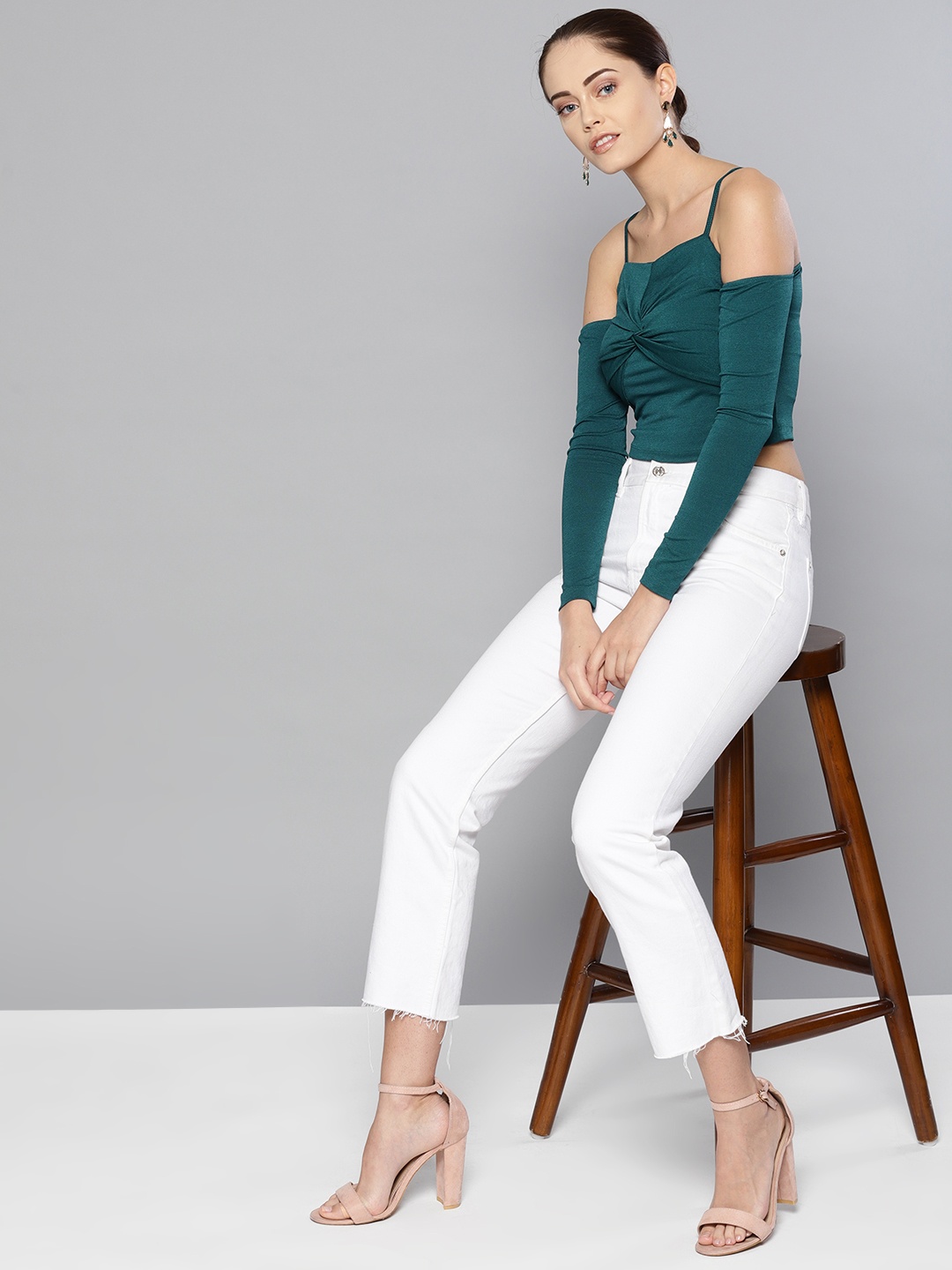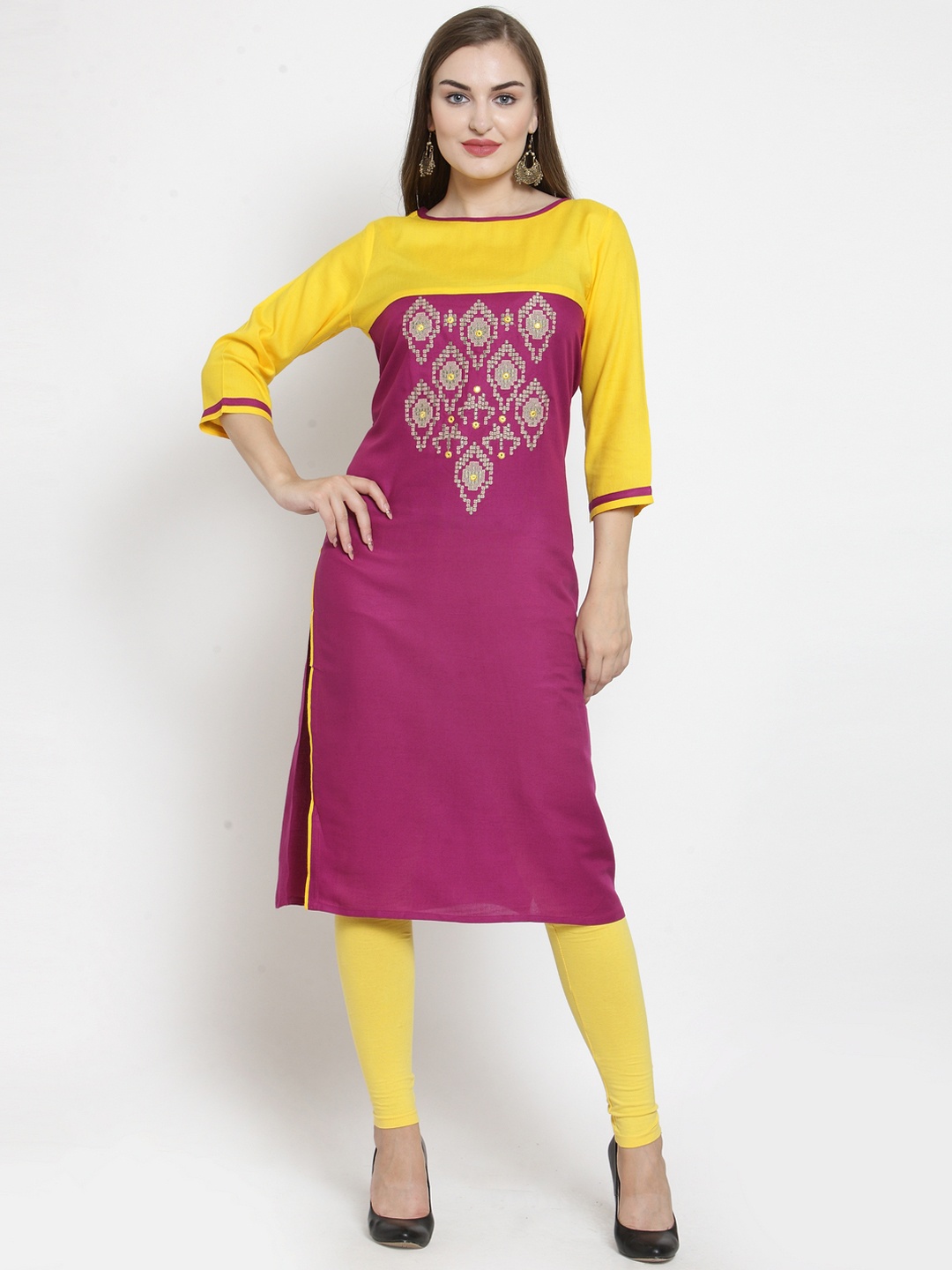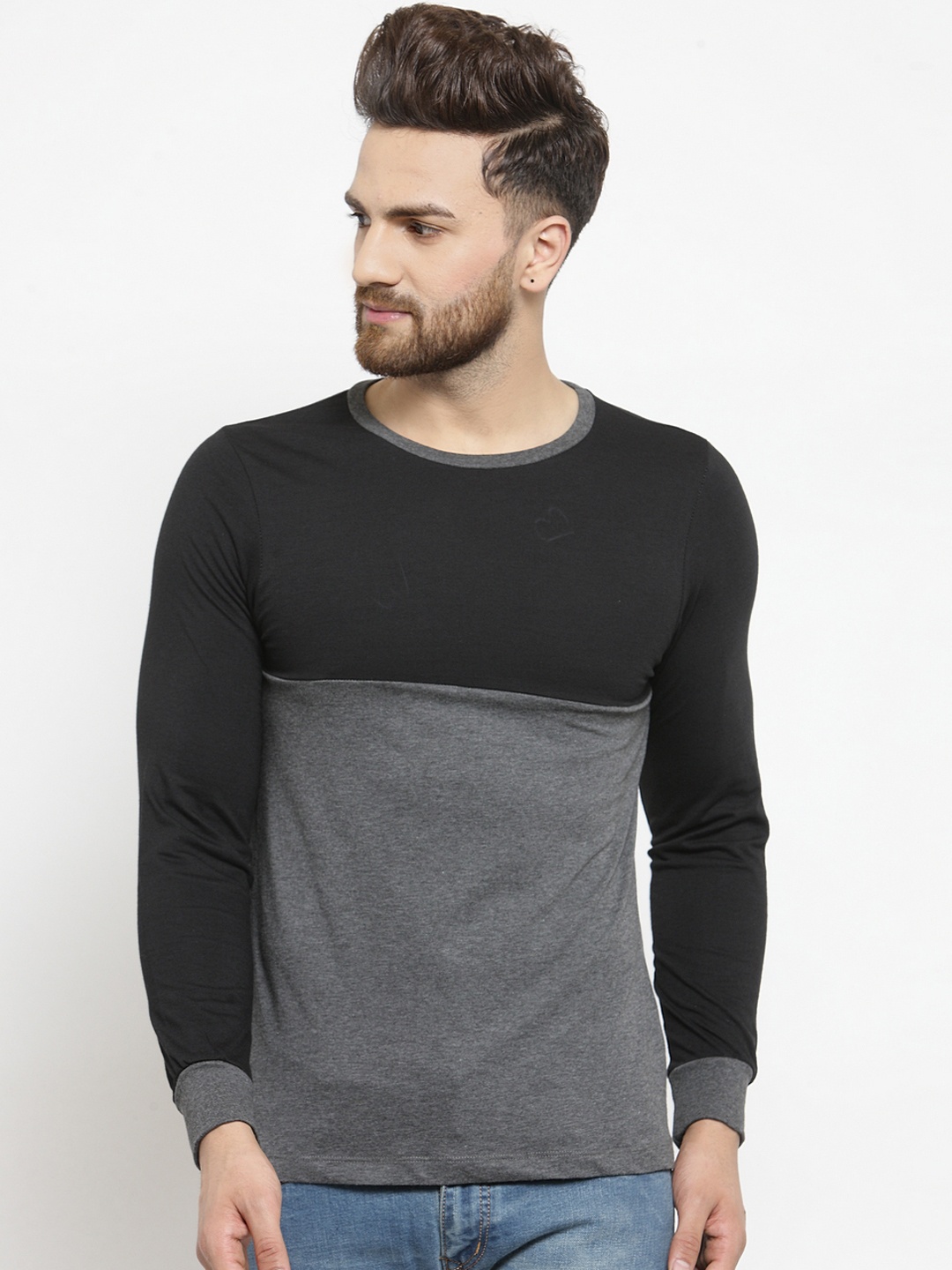From Stilettos To Wedges: How To Walk Confidently In High Heels? Read Here
High heels are more than just a fashion statement- they're a symbol of confidence and grace. Yet, mastering the art of walking in them can feel like a daunting task. This guide will help you transition from wobbly strides to walking tall.

A Beginners Guide To Walking Confidently In High Heels
High heels hold a special allure, adding height, enhancing posture, and bringing a touch of sophistication to any outfit. Yet, they often come with a steep learning curve. Many of us have experienced the awkward teetering or the dreaded tumble that makes us question why we even bother. The good news? Walking confidently in high heels is a skill that can be learned. With the right tips and a bit of practice, you can glide effortlessly from stilettos to wedges, commanding attention with every step. Here's a beginner-friendly guide to help you strut with style.
From Stilettos to Wedges: A Beginner's Guide to Walking Confidently in High Heels; Photo Credit: Pexels
1. Start Low And Steady
Every journey begins with a single step- and in this case, a shorter heel. For those new to high heels, start with something manageable, like kitten heels or wedges. These provide more stability and allow your feet to adjust to the elevated position. Avoid the temptation of jumping straight into towering stilettos, as they can be both challenging and discouraging for beginners.
Choose shoes with a thicker heel or an ankle strap for added support. This foundation helps you build balance and confidence while reducing the risk of wobbles or trips. Remember, even seasoned heel wearers had to start somewhere, so take it slow and steady. Think of it as learning to ride a bike: training wheels first, then the thrill of the open road.
2. Invest In The Right Fit
Ill-fitting heels are a recipe for disaster, leading to discomfort, blisters, and unsteady steps. Always prioritise the fit when choosing your shoes. Too tight, and you'll feel like a contortionist; too loose, and your feet will slip with every stride.
When shopping for heels, try them on later in the day when your feet are naturally a bit swollen—this mimics how they'll feel after hours of wear. Walk around the store, paying attention to any pinching or rubbing. If a pair feels wrong, trust your instincts and move on. Adding gel inserts or cushioned insoles can also make a world of difference, providing extra support and comfort for long wear.
3. Perfect Your Posture
Walking in high heels isn't just about the shoes; it's also about your posture. Stand tall, shoulders back, and engage your core. Imagine a string gently pulling you upwards from the crown of your head. This alignment not only helps you walk more gracefully but also reduces strain on your back and legs.
When stepping, lead with your heel, then roll onto your toes. Avoid landing flat-footed, as it can disrupt your balance and make your walk appear clunky. Practice makes perfect, so try walking in front of a mirror to refine your movements. A confident posture is the secret sauce that turns a stroll into a statement.
From Stilettos to Wedges: A Beginner's Guide to Walking Confidently in High Heels; Photo Credit: Pexels
4. Pace Yourself
High heels demand a slower, more deliberate pace. Resist the urge to rush—walking too quickly can throw off your balance and lead to stumbles. Take shorter steps and focus on maintaining control with each stride.
Imagine you're on a runway: every step is purposeful, each movement intentional. This slower pace not only enhances your stability but also adds an air of elegance to your walk. It's better to move gracefully and take your time than to dash and risk a less-than-graceful moment.
5. Practice Makes Perfect
Mastering high heels is all about practice. Start by wearing them around the house, where you're in a controlled environment. Practice walking on different surfaces—carpet, tiles, hardwood floors—to get a feel for how your heels interact with each.
Stairs can be particularly tricky, so take them one step at a time, holding onto the railing if needed. Practising in front of a mirror can help you refine your technique and spot areas for improvement. The more you wear your heels, the more natural they'll feel, so don't shy away from regular practice sessions.
6. Know Your Limits
Not all high heels are created equal, and not every pair is suitable for every occasion. A night of dancing might call for block heels or platforms, while a formal dinner could accommodate a sleeker stiletto.
Listen to your body and recognise when it's time to take a break. Carry a pair of foldable flats in your bag for emergencies- they're a lifesaver when your feet need a quick reprieve. Knowing your limits doesn't mean giving up; it's about making smart choices that keep you feeling comfortable and confident.
7. Use Accessories To Your Advantage
Accessories aren't just for style- they can be practical, too. Non-slip pads, gel inserts, and heel grips are game-changers when it comes to comfort and stability. These additions prevent sliding, reduce pressure points, and keep your feet securely in place.
Toe cushions can help distribute weight more evenly, while silicone strips prevent the dreaded blister. Treat your shoes like a toolkit, customising them with accessories that make them work for you. These small adjustments can have a big impact on your overall experience.
8. Embrace The Confidence Factor
Finally, the secret to walking confidently in high heels lies within you. Confidence is key, and it starts with your mindset. Remind yourself that high heels are an extension of your personality—a way to express your unique style.
Channel your inner fashion icon and own the room with every step. Even if you stumble, laugh it off and keep going. Confidence is about how you carry yourself, not perfection. When you believe in yourself, others will too, making your high-heel journey as empowering as it is stylish.
From Stilettos to Wedges: A Beginner's Guide to Walking Confidently in High Heels; Photo Credit: Pexels
Products Related To This Article
1. Metro Tan Textured Wedge Sandals With Laser Cuts
2. GNIST Pointed Toe Stiletto Heeled Pumps
3. Ginger by Lifestyle Women PU Wedge Sandals
4. JM Looks Textured Stiletto Heels Peep Toe
5. Mochi Beige Wedge Sandals
6. Anouk Women Stiletto Heel Sandals
7. Carlton London Open Toe Wedge Heels
8. DressBerry Women Stiletto Mules Sandal
Walking confidently in high heels isn't an innate skill- it's one you build through practice, patience, and the right techniques. From choosing the perfect fit to embracing your inner confidence, each step of the journey brings you closer to mastering this timeless accessory. So, whether you're strutting in stilettos or keeping it steady in wedges, remember: it's not just about the shoes, but the story you tell with every step. Now, go forth and walk tall- you've got this.




























